Rubber Antioxidant TMQ: Benefits, Uses, and Properties
19/01/2024
Rubber antioxidant TMQ is a type of rubber additive that is widely used in the rubber industry. It is known for its ability to improve the heat resistance and aging properties of rubber products. TMQ is a highly effective antioxidant that helps prevent the degradation of rubber by reacting with oxygen and other reactive substances.
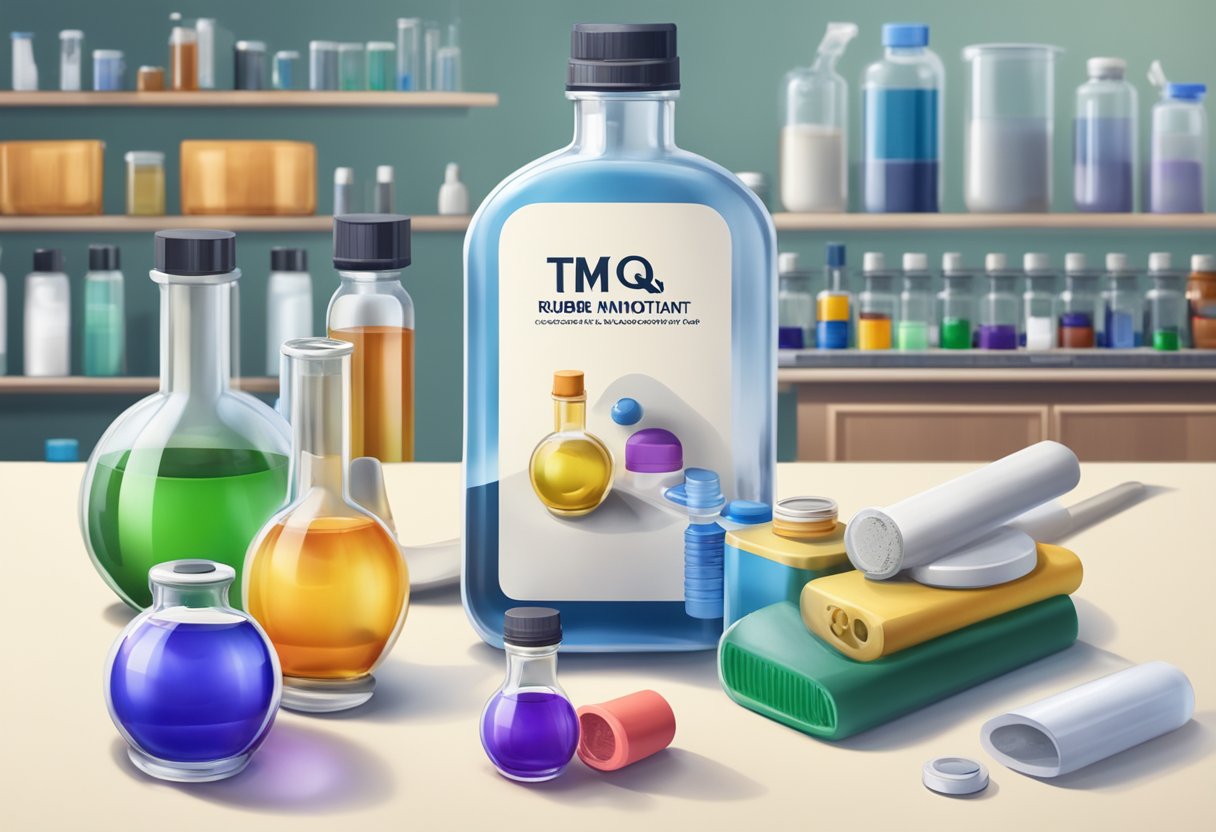
One of the main benefits of using TMQ is its ability to increase the service life of rubber products. Rubber products that are exposed to high temperatures and other harsh environmental conditions can quickly deteriorate and lose their properties. TMQ helps to prevent this by neutralizing the harmful effects of oxygen and other reactive substances, thereby slowing down the aging process of rubber.
TMQ is also known for its versatility. It can be used in a wide range of rubber products, including tires, hoses, belts, and seals. Its effectiveness is not limited to a specific type of rubber, making it a popular choice among rubber manufacturers. With its numerous benefits and widespread use, TMQ continues to be an important additive in the rubber industry.
Chemical Structure of TMQ
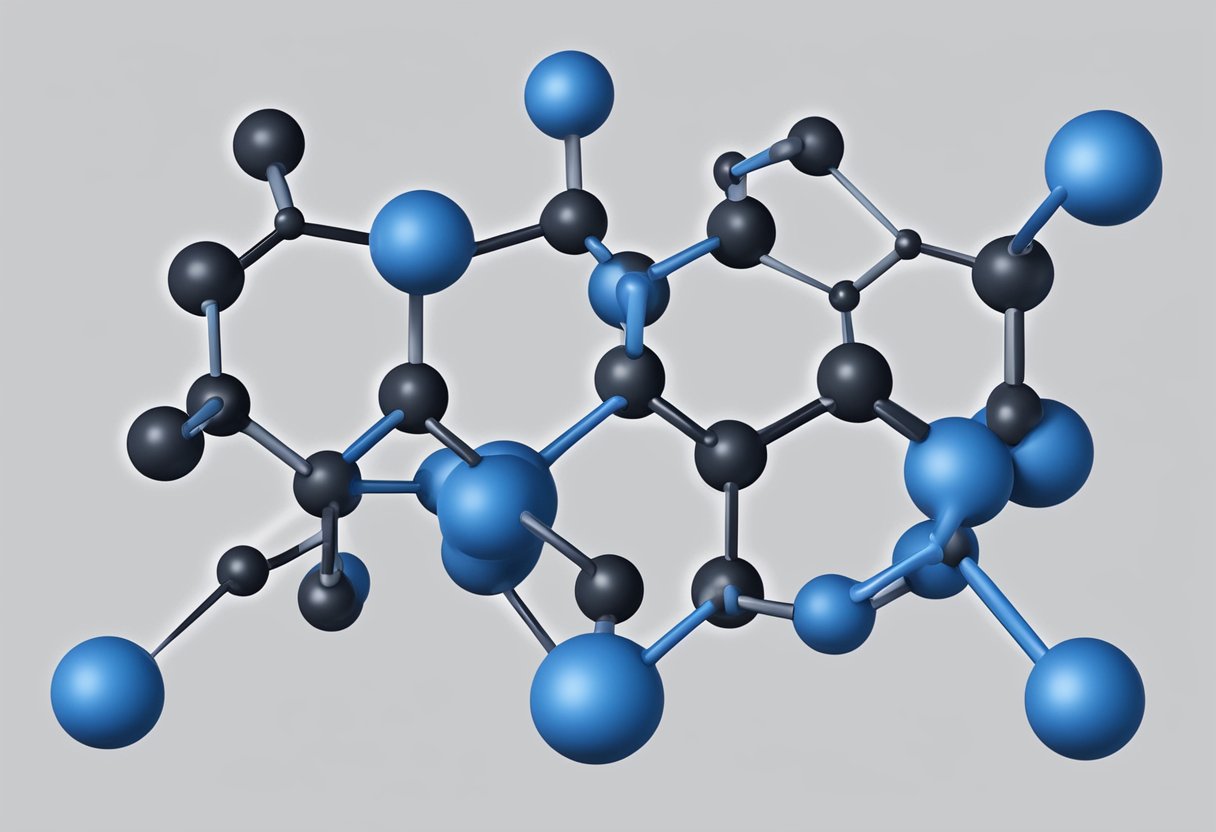
TMQ, also known as 2,2,4-Trimethyl-1,2-dihydroquinoline polymer, is a type of rubber antioxidant that is widely used in the rubber industry. The chemical structure of TMQ is composed of a polymer of 2,2,4-trimethyl-1,2-dihydroquinoline units, which are linked together by carbon-carbon bonds.
The molecular formula of TMQ is C12H15N, and its molecular weight is 173.26 g/mol. The chemical structure of TMQ is shown in the following figure:
As shown in the figure, TMQ consists of a polymeric chain of dihydroquinoline units, which are connected by a carbon-carbon bond. The dihydroquinoline units have a hydrophobic nature and are responsible for the antioxidant activity of TMQ.
TMQ is a highly effective antioxidant due to its unique chemical structure, which allows it to scavenge free radicals and prevent oxidative degradation of rubber. The polymeric chain of TMQ provides a large surface area for interaction with free radicals, while the dihydroquinoline units possess electron-donating properties that help to stabilize the free radicals.
In summary, the chemical structure of TMQ is composed of a polymeric chain of dihydroquinoline units linked together by carbon-carbon bonds. This unique structure allows TMQ to effectively scavenge free radicals and prevent oxidative degradation of rubber.
Production Process of TMQ
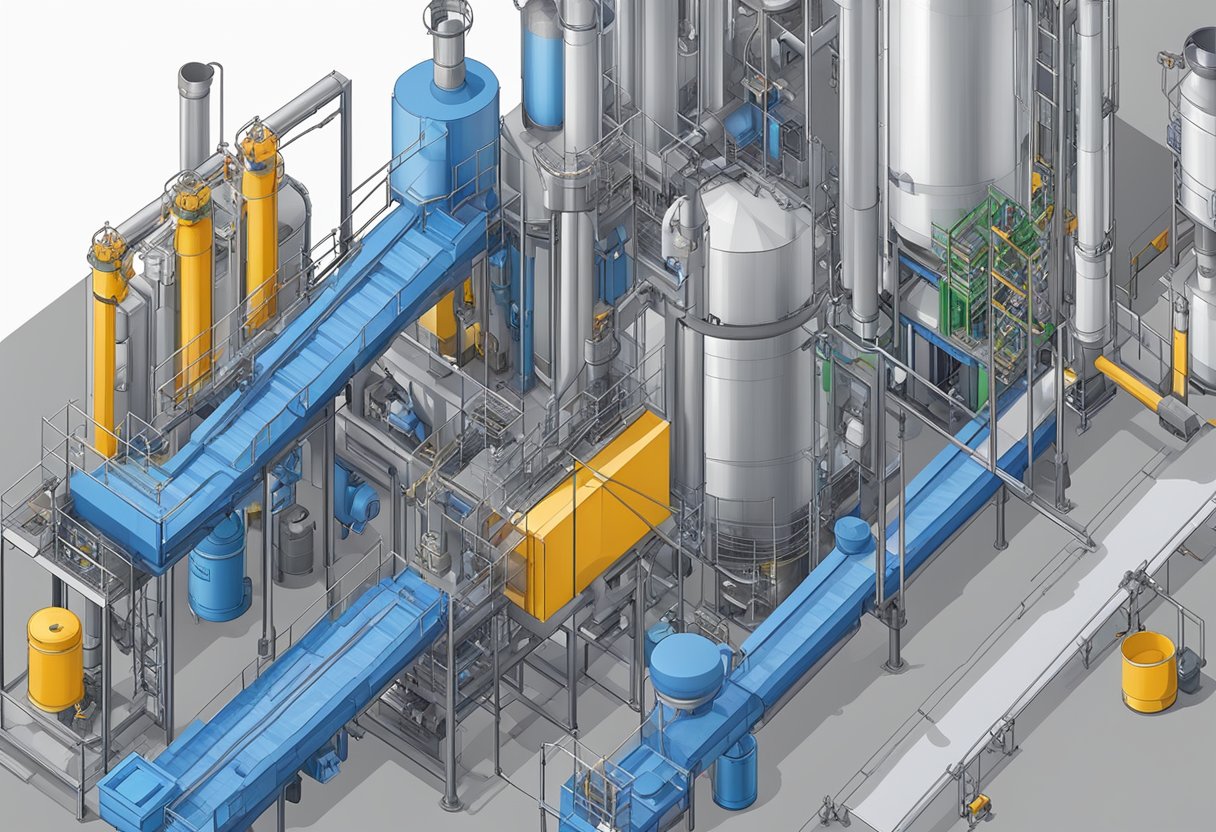
Raw Materials
The production of TMQ involves the use of several raw materials, including 2,2,4-trimethyl-1,2-dihydroquinoline, aniline, and acetone. 2,2,4-trimethyl-1,2-dihydroquinoline is the primary raw material used in the production of TMQ, and it is typically obtained through a reaction between isobutylene and para-phenylene diamine.
Synthesis Method
The synthesis of TMQ involves several steps, including the reaction of 2,2,4-trimethyl-1,2-dihydroquinoline with aniline in the presence of a catalyst. The reaction mixture is then heated to a high temperature, typically around 150-200°C, to promote the formation of the desired product. The resulting mixture is then cooled and filtered to remove any impurities.
Purification
After the synthesis of TMQ, the product is typically purified to remove any remaining impurities. This is typically accomplished through a process known as column chromatography, in which the product is passed through a column containing a stationary phase. The stationary phase is typically composed of a material such as silica gel or aluminum oxide, which selectively adsorbs impurities while allowing the desired product to pass through.
Overall, the production process of TMQ involves several steps, including the use of several raw materials and the application of various synthesis and purification techniques. Through careful control of these processes, high-quality TMQ can be produced for use as a rubber antioxidant.
Properties of TMQ
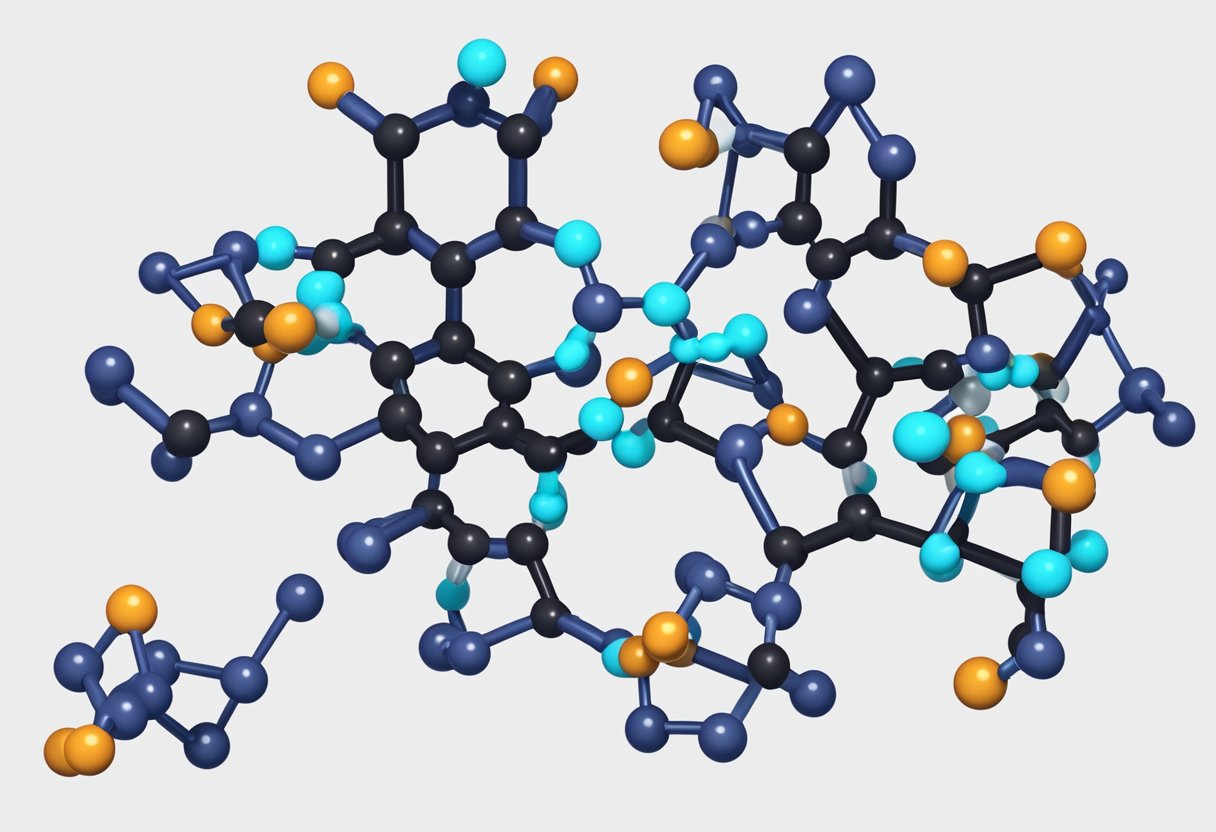
Physical Properties
Rubber antioxidant TMQ is a reddish-brown solid that is insoluble in water but soluble in many organic solvents. It has a melting point of approximately 80°C and a boiling point of around 250°C. TMQ has a specific gravity of 1.05 and a molecular weight of 173.26 g/mol.
Chemical Properties
TMQ is a highly effective antioxidant that can prevent the degradation of rubber and other organic materials caused by heat, oxygen, and ozone. It has a unique molecular structure that allows it to trap free radicals and neutralize them before they can damage the rubber. TMQ is also known for its ability to enhance the performance of other antioxidants, making it a popular additive in rubber manufacturing.
In addition to its antioxidant properties, TMQ also has some other chemical properties that make it useful in a variety of applications. For example, it is a good stabilizer for polyolefins and other plastics, and it can act as a curing agent for epoxy resins. TMQ is also used as a food preservative and as a stabilizer for gasoline and lubricating oils.
Overall, TMQ is a versatile and effective antioxidant that has a wide range of applications in various industries. Its unique properties make it an essential ingredient in many rubber products, and its ability to prevent degradation and extend the lifespan of materials makes it a valuable addition to many other products as well.
Applications of TMQ
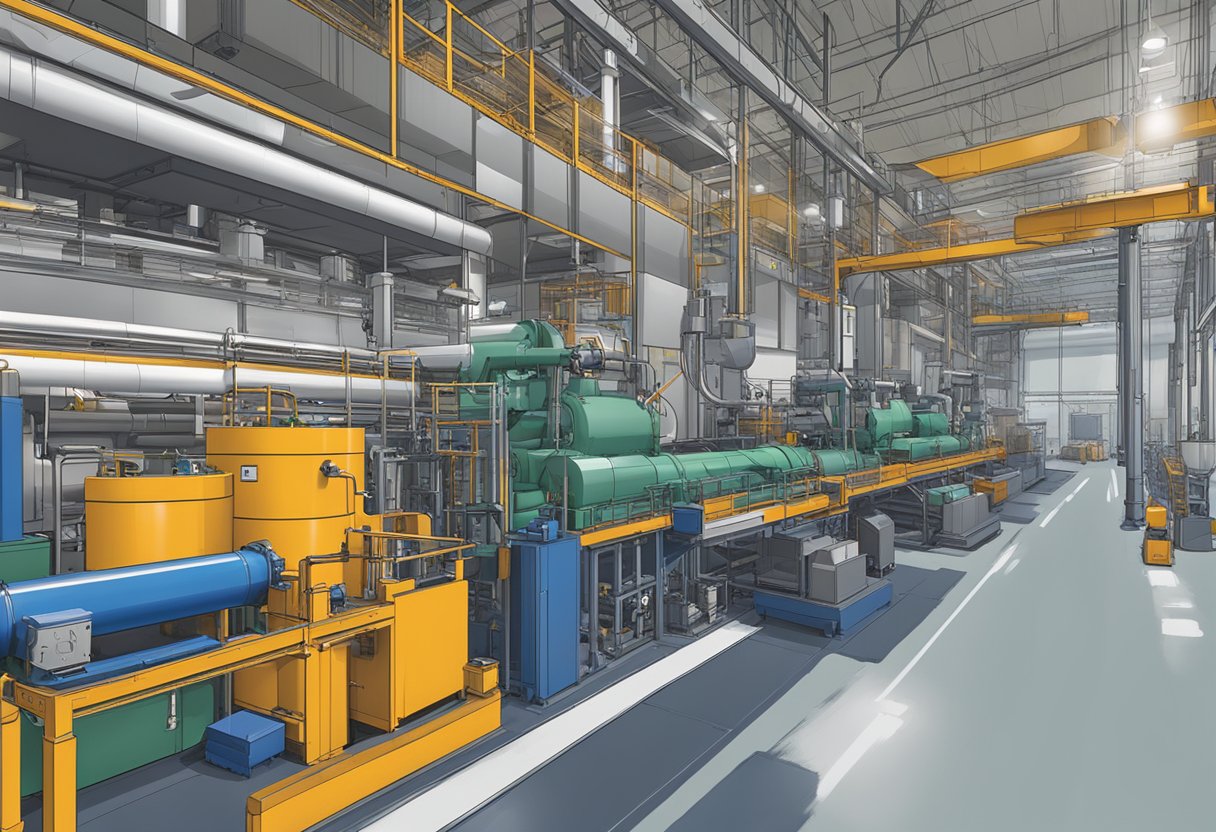
Rubber Industry
TMQ is widely used in the rubber industry as an antioxidant for the protection of rubber products from degradation caused by heat, oxygen, and other environmental factors. It is particularly effective in prolonging the service life of tires, rubber hoses, and conveyor belts.
TMQ is often used in combination with other antioxidants to provide synergistic effects. For example, it can be used with phenolic antioxidants to improve the stability of rubber products and extend their shelf life.
Other Industries
Apart from the rubber industry, TMQ is also used in other industries such as plastics, adhesives, and coatings. In the plastics industry, it is used as a stabilizer for polypropylene, polyethylene, and other polymers. It helps to prevent degradation caused by heat, UV radiation, and other environmental factors.
In the adhesive industry, TMQ is used as an antioxidant to improve the stability of adhesives and sealants. It helps to prevent discoloration, loss of adhesion, and other degradation issues.
In the coatings industry, TMQ is used as an antioxidant for the protection of coatings from degradation caused by heat, UV radiation, and other environmental factors. It is particularly effective in prolonging the service life of automotive coatings, industrial coatings, and other high-performance coatings.
Overall, TMQ is a versatile antioxidant that is widely used in various industries for the protection of products from degradation caused by environmental factors. Its effectiveness, low toxicity, and ease of use make it a popular choice for manufacturers looking to improve the quality and durability of their products.
Effectiveness of TMQ as an Antioxidant
Mechanism of Action
TMQ is an effective antioxidant that is widely used in rubber processing industries. It works by reacting with the free radicals that are formed during the oxidation process, thereby preventing the degradation of rubber products. The mechanism of action of TMQ involves the formation of a stable nitroxide radical that can scavenge free radicals and terminate the oxidation chain reaction.
Comparative Analysis
Compared to other antioxidants, TMQ has several advantages. It has a high solubility in rubber and is effective over a wide temperature range. It also has a low volatility and does not cause any discoloration of the rubber products. Additionally, TMQ has a low toxicity and is safe to use in rubber processing.
In a comparative study, TMQ was found to be more effective than other antioxidants such as IPPD and 6PPD in preventing the degradation of rubber products. The study concluded that TMQ is a superior antioxidant that can provide long-term protection to rubber products.
Overall, TMQ is an effective antioxidant that can prevent the degradation of rubber products by reacting with free radicals. It has several advantages over other antioxidants and is widely used in rubber processing industries.
Regulatory and Safety Considerations
Handling and Storage
Rubber antioxidant TMQ is a stable chemical compound that is relatively easy to handle and store. However, it is important to take certain precautions to ensure its safe handling and storage.
When handling TMQ, it is recommended to use protective equipment such as gloves and goggles to avoid skin and eye contact. In case of accidental contact, wash the affected area with plenty of water and seek medical attention if necessary.
TMQ should be stored in a cool, dry, and well-ventilated area. Avoid exposure to direct sunlight, heat, and moisture. Keep the container tightly closed when not in use.
Regulatory Compliance
Rubber antioxidant TMQ is subject to various regulations and standards to ensure its safe use and handling.
In the United States, TMQ is regulated by the Environmental Protection Agency (EPA) under the Toxic Substances Control Act (TSCA). TMQ is listed in the TSCA Chemical Substance Inventory and is generally recognized as safe for its intended use.
In the European Union, TMQ is regulated by the Registration, Evaluation, Authorization, and Restriction of Chemicals (REACH) regulation. TMQ is registered under REACH and is subject to certain restrictions and requirements.
It is important to follow all applicable regulations and guidelines when handling and using TMQ to ensure its safe and responsible use.
Market Overview
Rubber antioxidant TMQ (also known as RD) is a type of chemical compound that is widely used in the rubber industry. It is used to improve the durability and performance of rubber products by preventing the oxidation and degradation of rubber.
Global Demand
The global demand for rubber antioxidant TMQ is expected to continue to grow in the coming years. This is due to the increasing demand for rubber products in various industries, such as automotive, construction, and consumer goods.
According to a report by Grand View Research, the global rubber antioxidant market size was valued at USD 1.83 billion in 2019 and is expected to grow at a compound annual growth rate (CAGR) of 4.1% from 2020 to 2027.
Key Players and Suppliers
There are several key players and suppliers in the rubber antioxidant TMQ market. These include:
- Eastman Chemical Company
- Lanxess AG
- Kumho Petrochemical Co., Ltd.
- Agrofert
- Shandong Sunsine Chemical Co., Ltd.
These companies are actively involved in research and development activities to improve the performance of rubber antioxidant TMQ and to develop new products that meet the changing needs of the market.
In conclusion, the global demand for rubber antioxidant TMQ is expected to continue to grow in the coming years, driven by the increasing demand for rubber products in various industries. The key players and suppliers in the market are focused on research and development activities to improve the performance of TMQ and to meet the changing needs of the market.
Challenges and Research
Environmental Impact
One of the major challenges with the use of rubber antioxidant TMQ is its potential impact on the environment. TMQ is a petroleum-based product, and its production and use can lead to the release of harmful pollutants into the air and water. Furthermore, the disposal of TMQ-containing waste can also have negative environmental consequences. As a result, researchers are exploring ways to reduce the environmental impact of TMQ production and use.
Advancements and Innovations
Despite the environmental challenges associated with TMQ, researchers continue to explore new advancements and innovations in the field. One area of focus is the development of new, more sustainable methods for producing TMQ. For example, some researchers are investigating the use of bio-based materials as an alternative to petroleum-based feedstocks.
Another area of research is the development of new, more effective forms of TMQ. For example, some researchers are exploring the use of nanotechnology to create more efficient and targeted forms of TMQ. These innovations could help to reduce the amount of TMQ needed for a given application, thereby reducing its environmental impact.
Overall, while there are certainly challenges associated with the use of rubber antioxidant TMQ, ongoing research and innovation are helping to address these issues and improve the sustainability of this important material.




